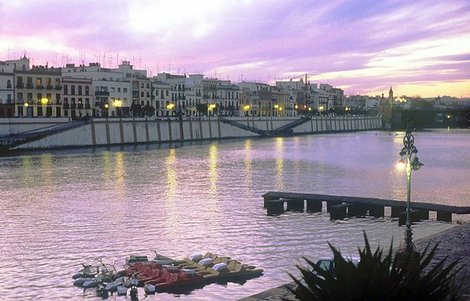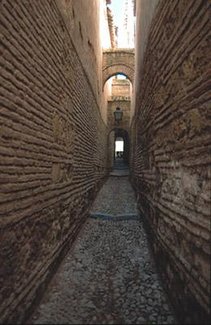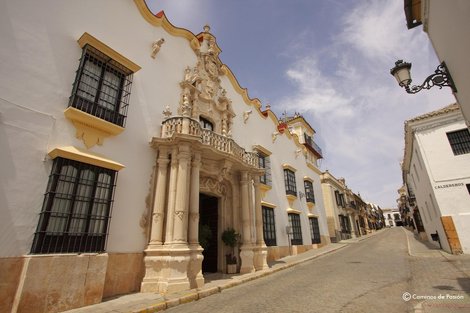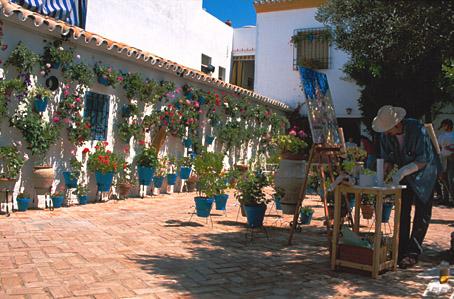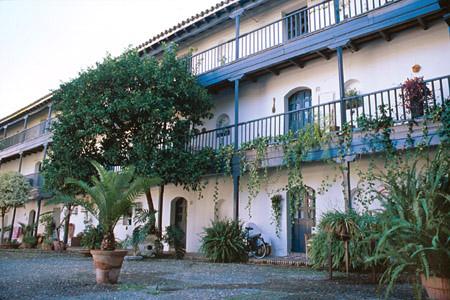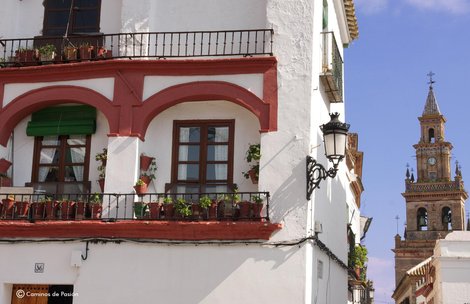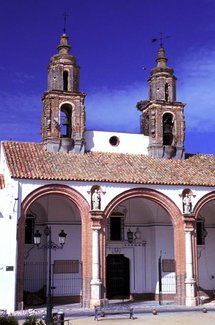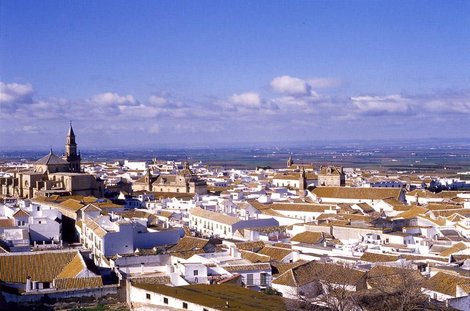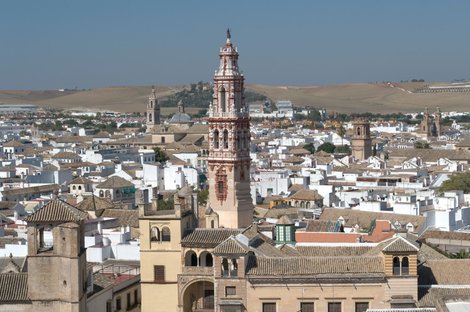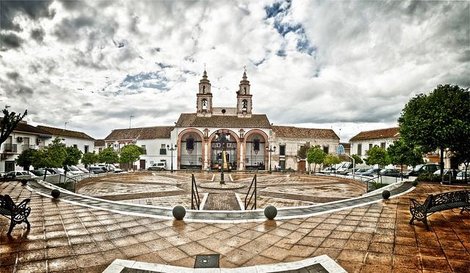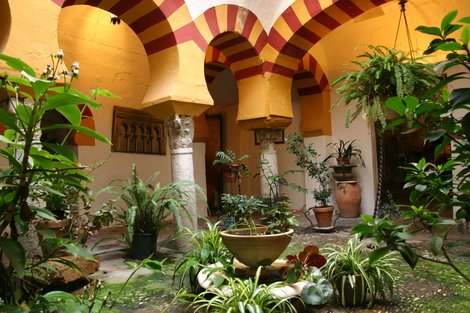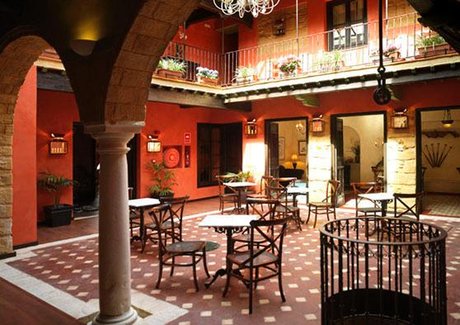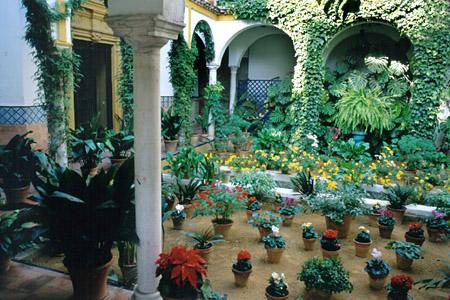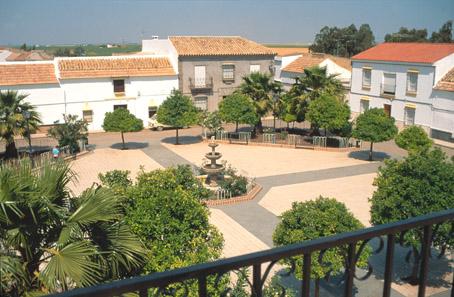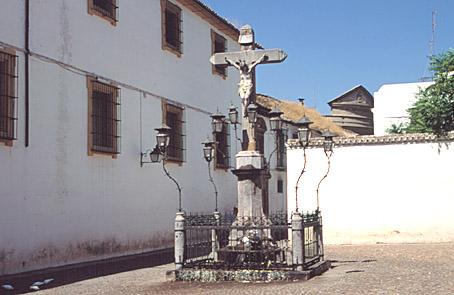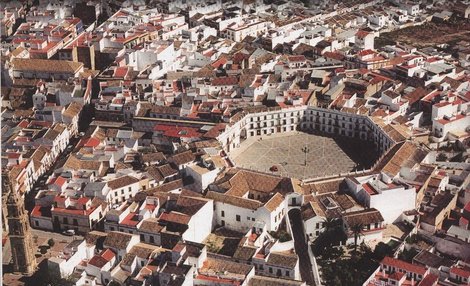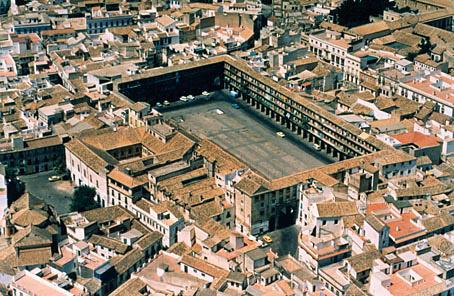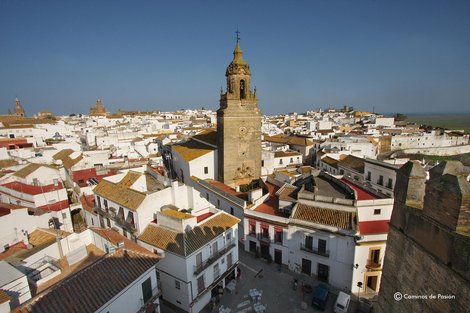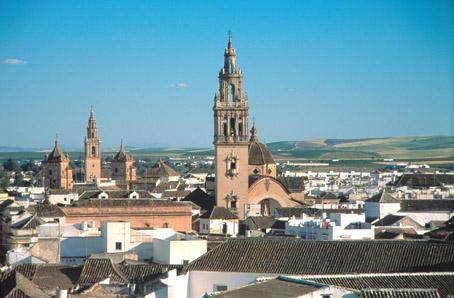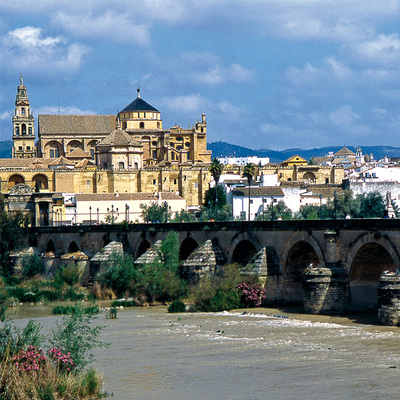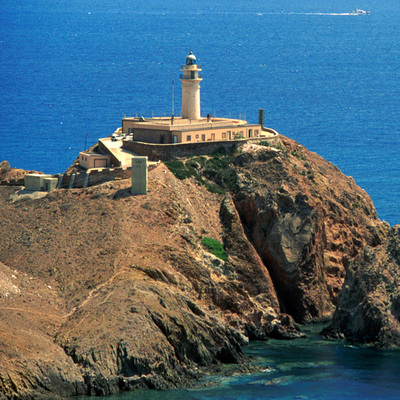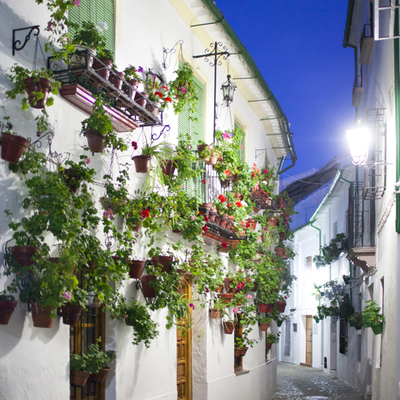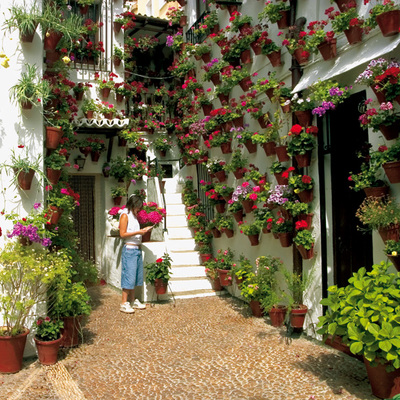The countryside. Córdoba and Sevilla.
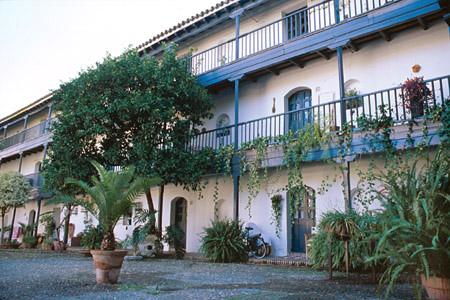
This route runs through the flat, fertile lands that are situated on the left bank of the Guadalquivir at mid-course, between Córdoba and Seville.
This is a wide open, gently rolling landscape, where the Mediterranean trilogy - wheat, vine and olive - alternate, and where "latifundios" (large landed estates) are predominant. The richness and location of these lands meant that they nave been an important place for settlements since the times of Antiquity - many of the villages are of Roman origin. Here, the traveller will find large cities and towns where the mixture of "cultured" or name architecture with popular architecture has produced magnificent urban landscapes.
In Carmona, Osuna or Ecija, one may feast upon the features - combined in a thousand different ways - that make up the prototype of the "Andalusian House": large lime-covered facades, projecting porches, studded wooden doors, windows with grills and sills, upper dust ledges and hip knobs, and, inside, the hall, the patio and the attic.
Moving towards the lands of Córdoba (Morilesriles, Aguilar de la Frontera), colour appears, with soft tones marking the cornices, windowpanes, socles or even covering the entire facade. In the important towns and cities (Seville, Córdoba, Ecija), one can find the corrales (communal neighbourhood rooms), a kind of communal building that is today almost a "residential species in extinction".
Scattered throughout the countryside, the buildings linked to the large farming estates can be seen: olive grove haciendas, cortijos (country houses) and lagares (press houses). These buildings have also added, although they are often on the "borderline" of popular architecture, to the typical image of Andalusia and its architecture. On this route appear some of the colonisation villages (La Carlota and La Luisiana) founded by the Bourbons in the 18th Century.



